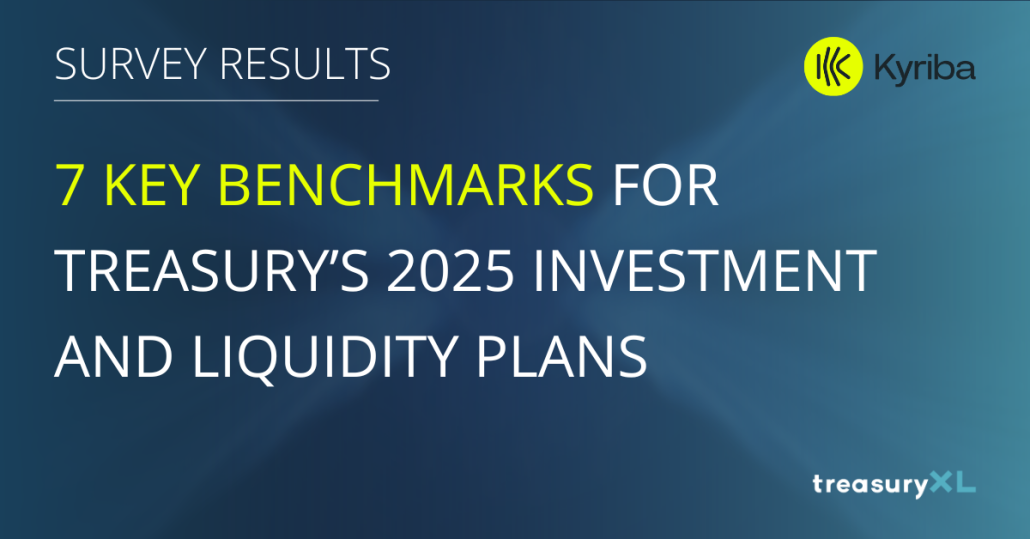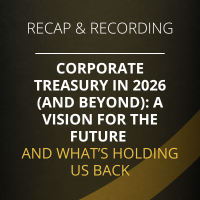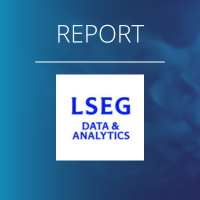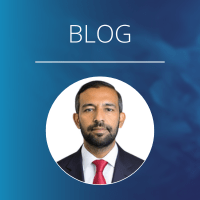Since 2018, Kyriba’s partner Institutional Cash Distributors (ICD) has annually surveyed hundreds of treasury and finance professionals around the world to better understand their liquidity and investment strategies, priorities, and perspectives. In Q1 2025, nearly 125 respondents participated in their research, providing a wealth of feedback on how they are navigating the complexities of a rapidly evolving financial landscape.
Top survey stats of 2025
The 2025 iteration of this survey offers a number of compelling insights. Notably, nearly 4x as many companies plan to increase their MMF allocations compared to those planning reductions in 2025, and 82% of respondents intend to maintain or grow their cash balances over the coming year.
1. Treasury concerns and risk factors
In 2025, corporate treasurers are clearly viewing geopolitical conflicts as a major source of ongoing risk and concern. In total, 37% of respondents indicated they were highly concerned about geopolitical issues, with another 55% moderately concerned (92% total).
In addition, 87% and 83% of respondents indicated their concern over interest rate and recession risks, respectively. However, these concerns were mostly labeled as “moderate” compared to “heavy”. On the opposite end, very few respondents listed any major concerns regarding supply chain or duration-related risk.
2. Treasury’s top challenges: free response
When provided with a “free response” option for describing their most pressing challenges, our respondents gravitated towards several common themes. In aggregate, cash forecasting issues and geopolitical concerns are the most-listed areas of contention. Following closely behind these areas are pain points caused by FX and interest rate volatility, as well as evolving technology needs and AI-related pressure.
3. Treasury’s investment plans (North America)
In the US, 9 out of every 10 respondents will invest in government / treasury money market funds during 2025. In total, there were seven categories of products – including T-Bills, Bank Deposits, and various MMF options – where more than 1/3rd of respondents plan to invest this year. There are also nearly 12 categories where 10%+ of respondents who are not currently invested, plan to do so by the year’s end. Among the top risers in this regard are Short Duration Bond Funds, Commercial Paper, and Time Deposits.
Alternatively, despite continued mainstream media attention, very few organizations are planning to invest in cryptocurrencies or digital assets. US companies’ use of European Commercial Paper (ECP) and EU / UK / APAC Government Bonds is also very low, with 10% or less planning to invest in these products during 2025.
4. Treasury’s investment plans (Europe & UK)
Internationally, the dominance of MMF products is less pronounced, but still significant. In total, offshore prime MMF funds comprised the largest share of use at 60%, followed closely by Time Deposits at 56%. Looking at the largest gains, short duration bond funds, ESG products, Repos, and EU government bills – all categories with limited traction in the past – have seen a dramatic rise in interest from practitioners for 2025.
Although US investment products understandably see less traction overseas, there is still a fair degree of interest in US Government MMFs and Prime MMFs. US T-Bills and Commercial Paper are also seeing rising engagement. On the low end of the spectrum, cryptocurrency and federally insured CDs continue to see very little adoption internationally, as do FDIC-insured CDs and Deposit Accounts.
5. Cash balances & money market fund (MMF) priorities
Cash balances
In aggregate, there was a notable spike in the number of treasury respondents that plan to maintain or increase their cash balances in 2025 compared to past years. In total, 82% plan to maintain or increase cash holdings this year, compared with just 18% that plan on reducing their cash balances. Comparatively in 2023 and 2024, 24-26% were planning to DECREASE their cash balances, with 74-76% planning to maintain or increase their holdings.
Money market funds
In line with respondents’ intent to maintain or increase their cash balances during 2025, there was also broad consensus in maintaining or increasing MMF holdings as well. In total, 91% plan to maintain or increase their level of MMF investments this year, versus just 9% who plan on decreasing their position or not investing in MMFs at all. Compared to 2024, these percentages are almost identical, as 90% planned to increase or maintain their MMF holdings and 10% were decreasing or not investing.
6. Treasury technology plans & TMS investments
Technology projects
Nearly 1 in 3 corporate treasury respondents are actively undergoing a treasury technology project (29%), with another 13% expecting to begin a treasury tech project during the 2025 calendar year. Alternatively, 58% of respondents had no tech projects planned or currently underway. Given the rapid pace of development and evolution occurring across the technology and AI landscape, we expect to see sustained investment by treasury groups across numerous categories of technology in the coming years.
TMS implementations
Nearly 1 in 5 respondents (18%) are planning to implement a TMS or switch their existing TMS during the 2025 calendar year. Overall, the top three treasury management systems that are being leveraged by our survey respondents include Kyriba, SAP Treasury, and various FIS products such as Quantum and Integrity. Compared to prior years, these results show a slight decline in the number of firms undergoing a TMS project. In 2024, this percentage was at 25%, while in 2023, the figure was 23%.
7. Perspectives on AI deployment
When asked about AI deployment within liquidity management, nearly two-thirds of respondents highlighted financial reporting and cash forecasting as the most high-impact areas of focus. Data aggregation workflows followed closely at 58%.
Given that cash forecasting remains one of the most functionally challenging areas for finance and treasury professionals in this year’s survey, it makes sense that practitioners would expect AI to help them optimize and refine the forecasting process – for which data aggregation and financial reporting would also play key roles.
For more information
To download the full results of ICD’s 2025 survey, click here.












